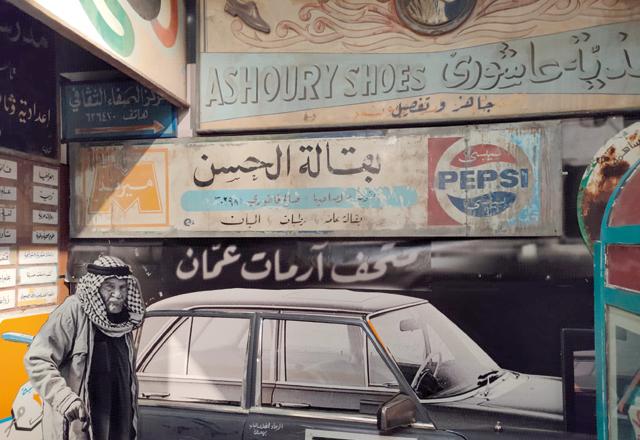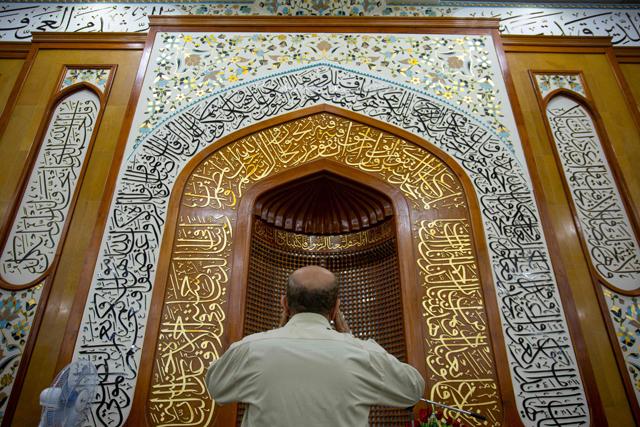You are here
Amman street sign museum evokes nostalgia for bygone era
By Rayya Al Muheisen - Jan 09,2022 - Last updated at Jan 09,2022

Vintage signs showcased at the Old Signs of Amman Museum (Photo courtesy of Ghazi Khattab)
AMMAN — Stretching over 160 square metres in downtown Amman, the Old Signs of Amman Museum is home to over 1000 street signs and gives visitors an opportunity to travel over 70 years back in time.
“Street signs tell a lot of stories about the history, heritage and habitants of Amman,” calligraphy enthusiast and founder of the museum Ghazi Khattab told The Jordan Times.
Khattab’s passion for Arabic calligraphy began at a young age and he pursued the “art of making billboards” by travelling to Germany to study for three years. According to Khattab, this major has never been offered at universities here in Jordan.
“Visiting the museum unfolds memories for a lot of visitors,” Khattab said.
Visitors are shocked to see their names or their grandparents’ names written on signs at the museum; they feel both nostalgic and proud that their heritage is preserved in a museum.
The oldest sign at the museum, by an Armenian calligrapher, can be traced back to 1949.
Khattab said that the signs tell stories of Amman, about how it was, and always will be a “safe spot” for all Arab nationals.
Some of the signs showcased at the museum were brought from Palestine, while others in the collection come from Syria, Lebanon and Iraq, he explained.
He further noted how these street signs also unfold the harmony that exists in Amman, noting how Armenians were of the most remarkable calligraphers who ever decorated Amman’s streets with signs that are “works of art”.
“I started collecting signs since 1985, I had all the collected signs displayed at my office,” Khattab said.
He noted that visitors to his office were impressed by the calligraphy and the art employed in making the old signs.
“Only then I knew that the collected signs are valuable not only for me, but also for the public,” he added.
The museum was opened for the public two years ago with free entry, he said.
Having people donating their “family owned” signs to be added to the museum’s collection makes feel thrilled, Khattab said.
“Preserving our heritage is my main goal,” he added.
“Everything is computerised and people no longer desire ‘hand written’ signs. Therefore, I collect and keep old signs, because each and every sign was made by an artist who put a lot of time and effort into its craft. Therefore, the work has to be appreciated,” Khattab concluded.
Related Articles
AMMAN — A 72-page publication takes locals into a journey through the world of Jordanian calligraphy, giving them a glimpse into the practic
AMMAN — An exhibition showcasing calligraphic and graphic transcriptions of the 21th verses of Dante Alighieri’s Divine Comedy was opened in
Last week, the United Nations culture agency declared Arabic calligraphy an "Intangible Cultural Heritage of Humanity", following a campaign by 16 countries led by Saudi Arabia and including Iraq.

















